| Structure | Name/CAS No. | Articles |
|---|---|---|
 |
Ammonium acetate
CAS:631-61-8 |
|
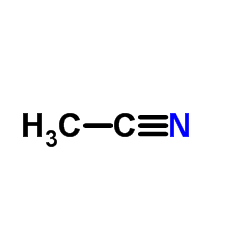 |
Acetonitrile
CAS:75-05-8 |
|
 |
Methanol
CAS:67-56-1 |
|
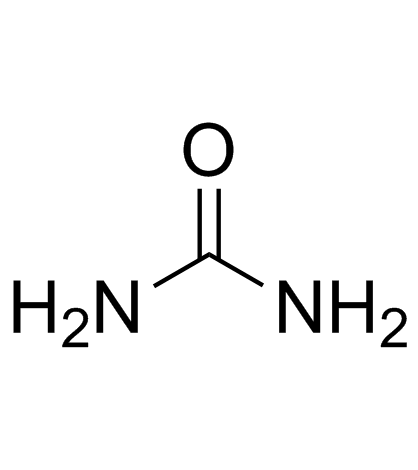 |
Urea
CAS:57-13-6 |
|
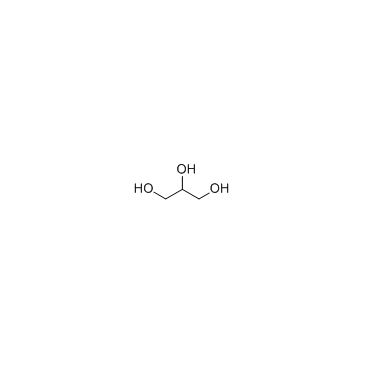 |
Glycerol
CAS:56-81-5 |
|
 |
acetic acid
CAS:1173022-32-6 |
|
 |
acetic acid
CAS:64-19-7 |
|
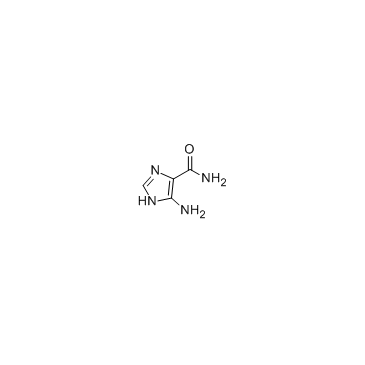 |
5-Amino-4-imidazolecarboxamide
CAS:360-97-4 |
|
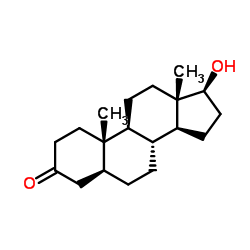 |
Stanolone
CAS:521-18-6 |
|
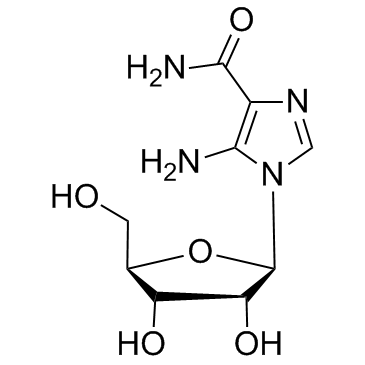 |
Acadesine (AICAR)
CAS:2627-69-2 |